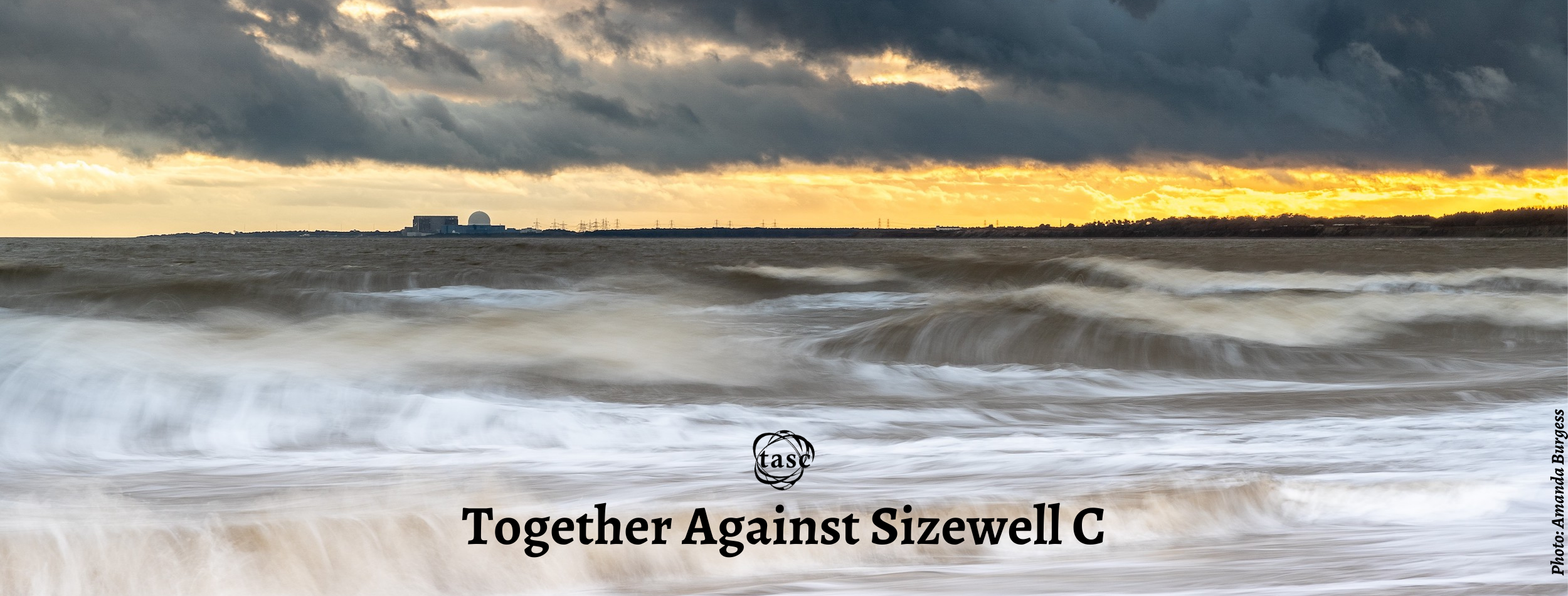
Reprocessing of spent nuclear fuel produces highly radioactive fission product-containing residues that are immobilised in an alkali aluminoborosilicate glass. This material, known as vitrified high-level waste (HLW), is considered to be passively stable for the amount of time it will take for the radioactivity of the fission products to decay to “safe” levels, on the order of 100,000 years. During this time, the HLW will be isolated within a geological disposal facility (GDF), some hundreds of metres below the ground. … read more »
The post Radwaste appeared first on No2NuclearPower.

